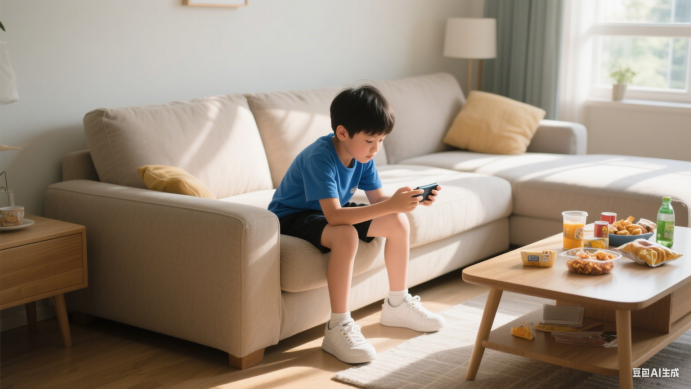
Smartphones are very common now, even 43% of kids aged 8 to 12 own a smartphone. But every coin has two sides. ___1___
Using smartphones lets children stay safe, learn things, communicate with friends, and have fun. ___2___ Parents can see their kids’ location and pick them up if there’s a sudden serious and dangerous event or situation. There are many apps on smartphones. For example, Duolingo helps kids learn Spanish and other languages. Douyin can also be a learning tool when it’s used appropriately (恰当地). ___3___ When they live in a different city or country from their friends, they can contact each other more easily. Or they can ask a friend to come over. Finally, kids could use their phones for games and other entertainment to relax.
___4___ Using smartphones not only makes kids exposed (曝露) to strangers, bullying, and other dangers, but also brings bad effects on children’s health, schoolwork and happiness. The most harmful blue light comes from screens. ___5___ Smartphones can also take away students’ attention from school. And studies say that teenagers and young adults who spend the most time on social-media platforms are more often feeling sad and hopeless than those who spend the least time on them. This might happen to kids, too.
For all the reasons above, child-development experts advise caution (谨慎) when children are using phones.
A.Smartphones also help kids communicate with their friends.
B.Parents usually worry about children losing their phones.
C.Smartphones provide both advantages and disadvantages.
D.Looking at them for long can harm kids’ eyes.
E.Smartphone use also brings some problems, especially to children.
F.It’s not easy to stop blue light.
G. Phones allow parents to get in touch with their kids easily.
原创编写 版权所有 侵权必究! 每日更新 个性化阅读 英语飙升!
